Secret Travelers on the Shores of Lake Champlain
By Chris Rose | Photos by Arielle Thomas
UNE research helps Vermont farmers and grassland birds co-exist
With the full moon still hanging in the morning sky and the sun just beginning to rise, Noah Perlut, Ph.D., associate professor and chair of UNE’s Department of Environmental Studies, and three of his students set out in search of bobolinks and their chicks at picturesque Shelburne Farms, nestled along Vermont’s Lake Champlain.
Each summer, bobolinks undertake a daunting intercontinental, trans-oceanic flight from their winter home in Argentina to nest in Vermont hayfields. The journey, which can cover up to 2,300 miles, is one of the longest non-stop songbird migrations yet identified by scientists.
For the students spending their summer days in the hayfields of Vermont, the hands-on research is invaluable in helping them in their development as scientists. “Part of the reason I came to UNE is the fact that it is research-heavy,” says Emma White, who is currently pursuing her master’s degree in biology. “Coming out to these fields, finding the nests, and spending time with the birds is definitely a huge draw for me.”
The purpose of the project is to help landowners better understand the birds on their property so that they may co-exist, balancing farming practices and production with the needs of grassland birds. For 18 years, Perlut has been studying the decline in these grassland birds in relation to farming activity. The research helps create a story of the birds, allowing owners of the land to form a connection to them.
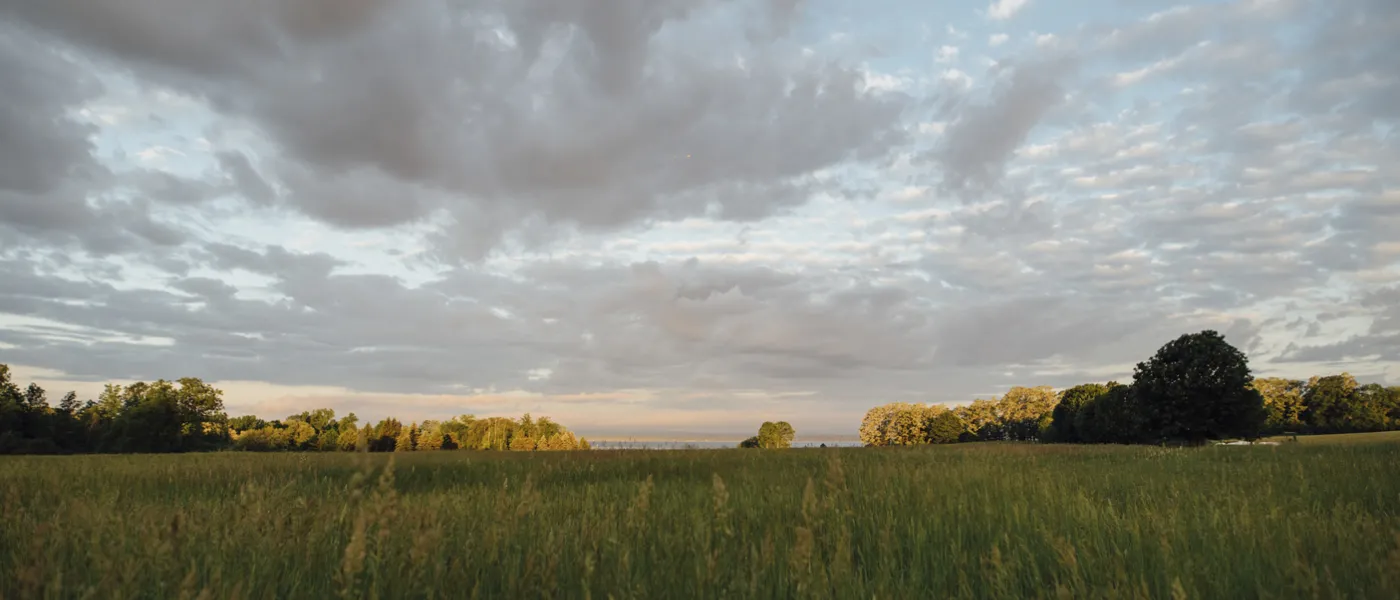
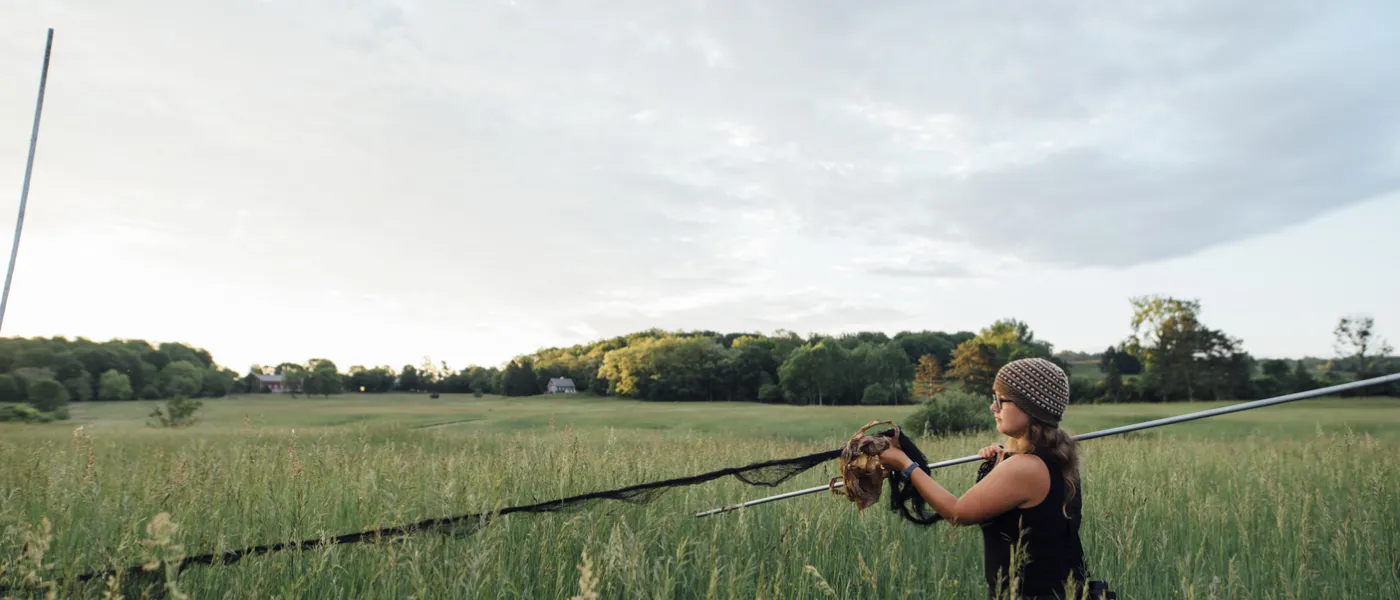
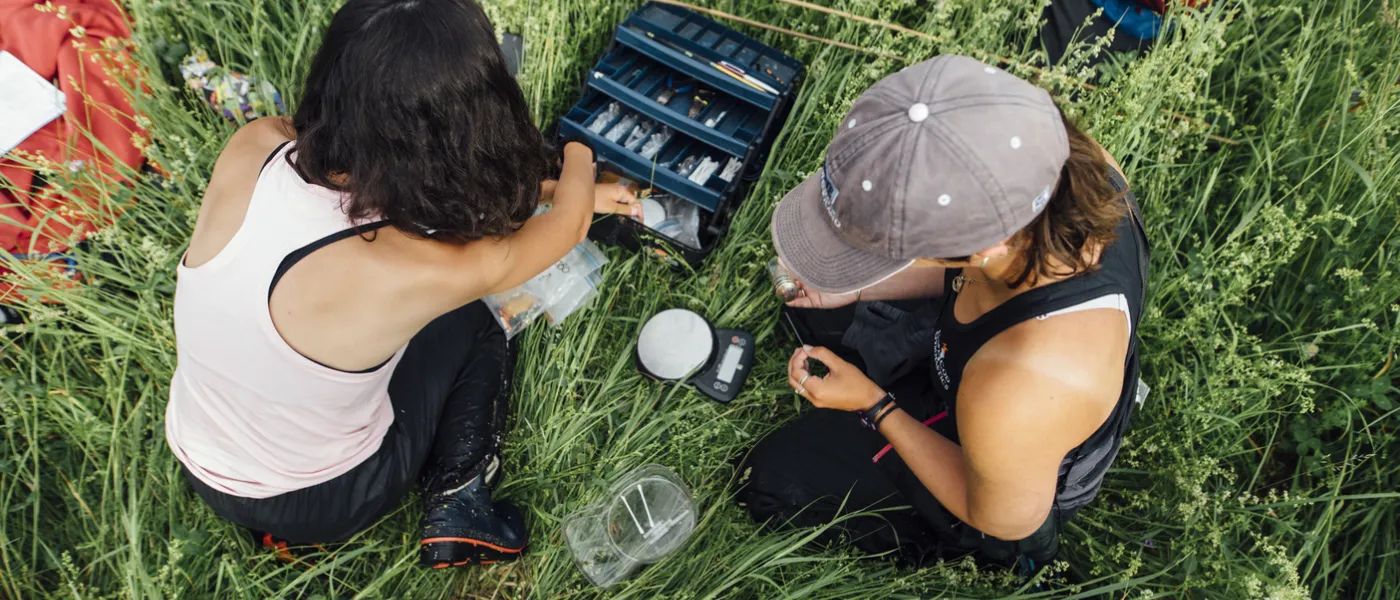
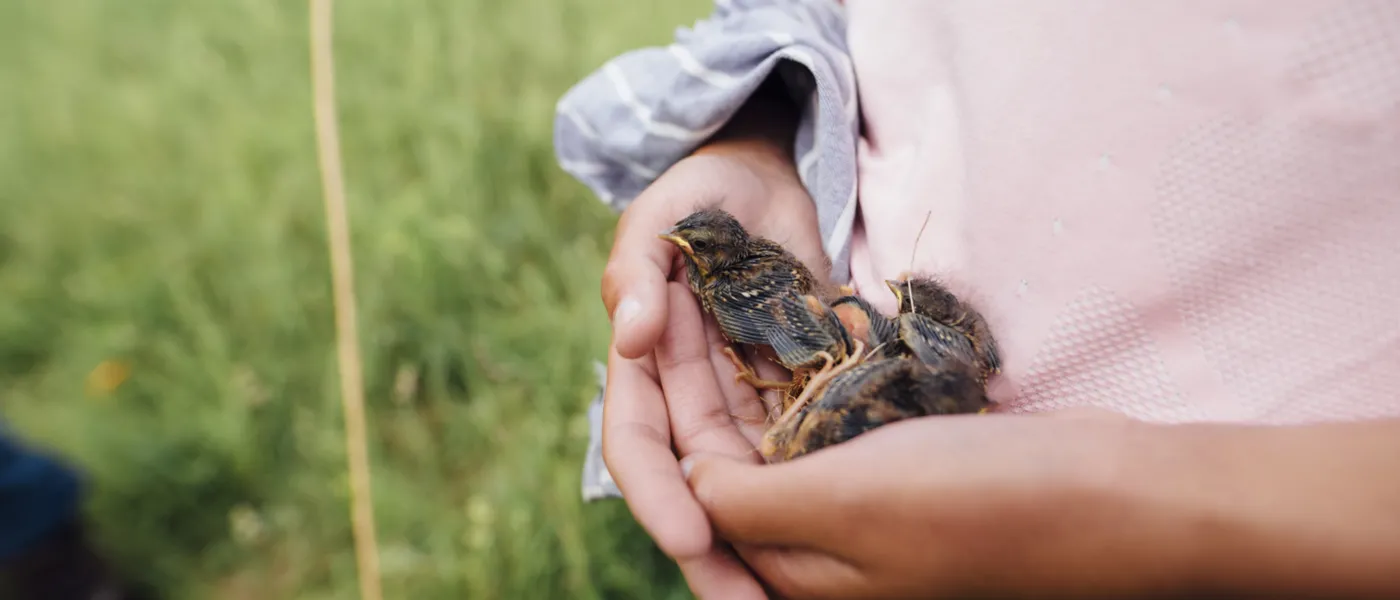

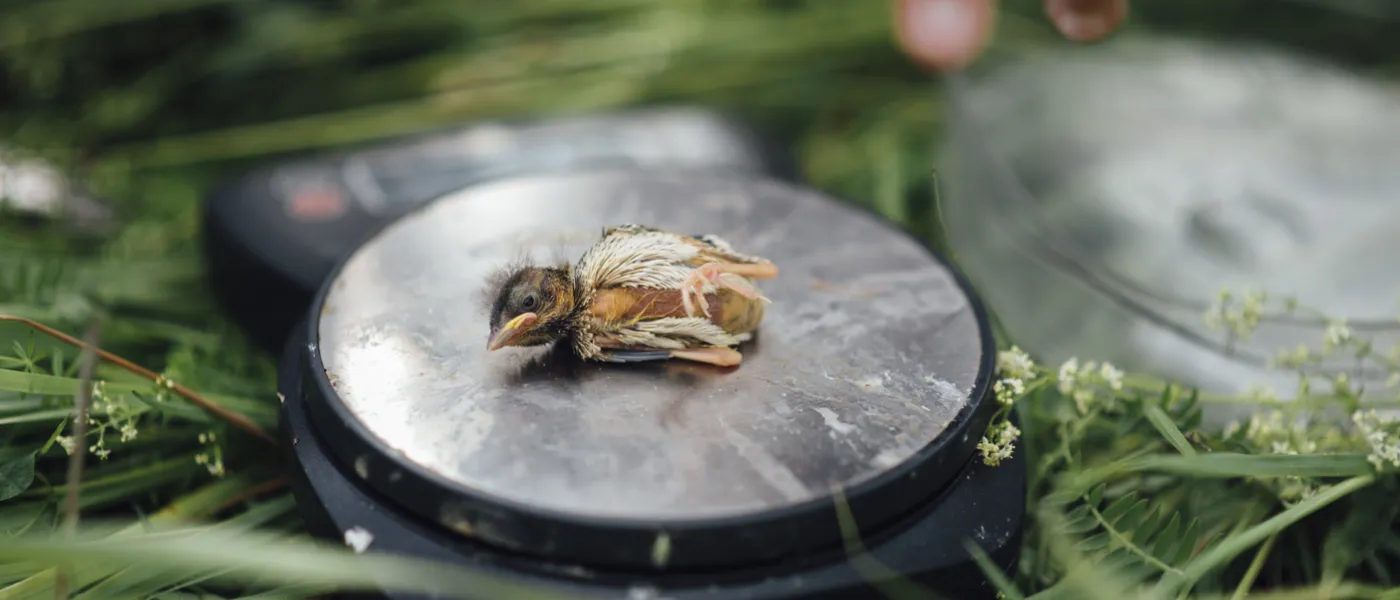
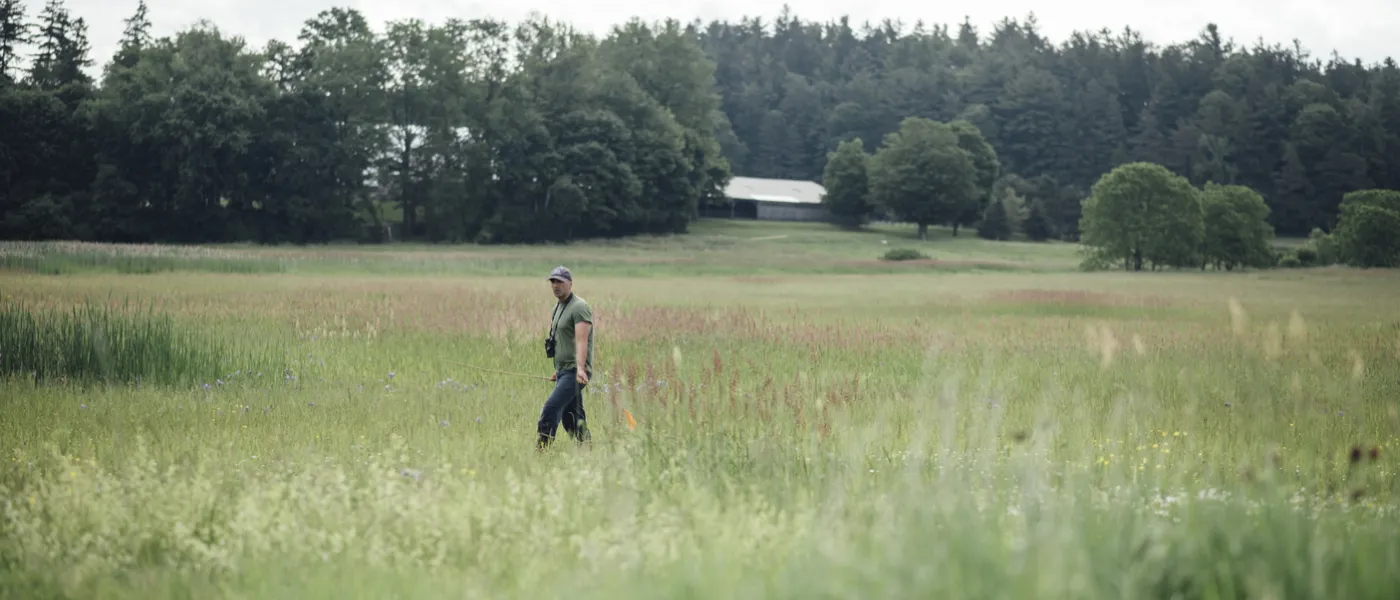
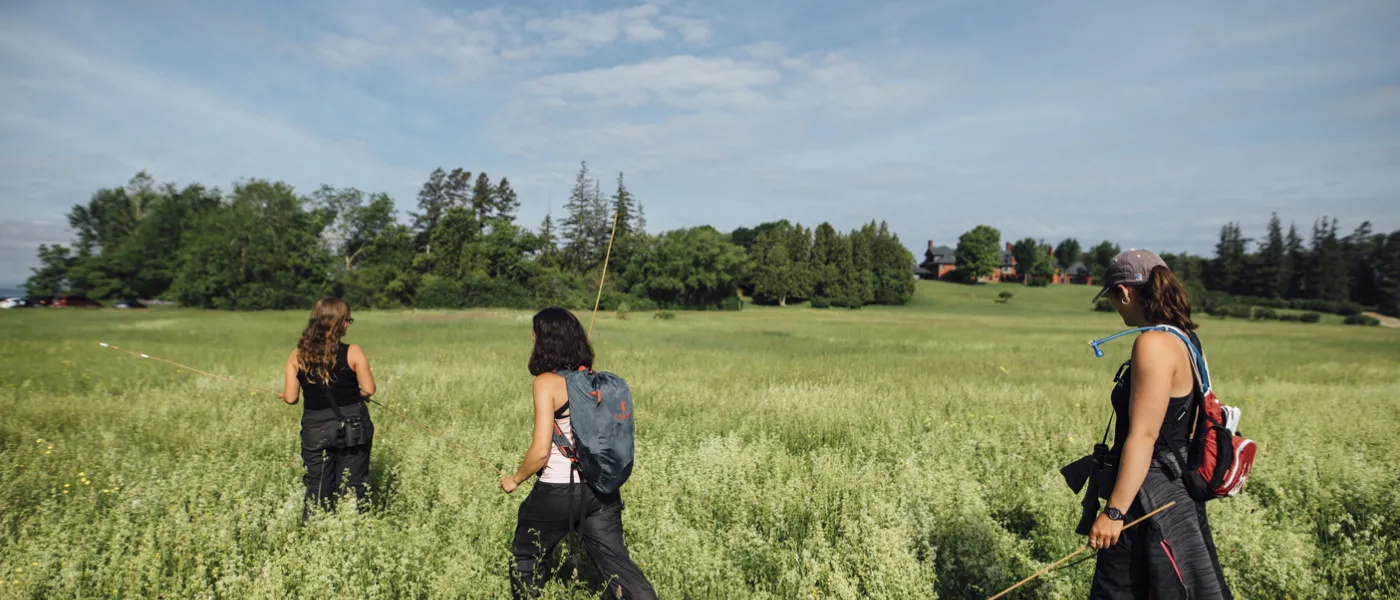
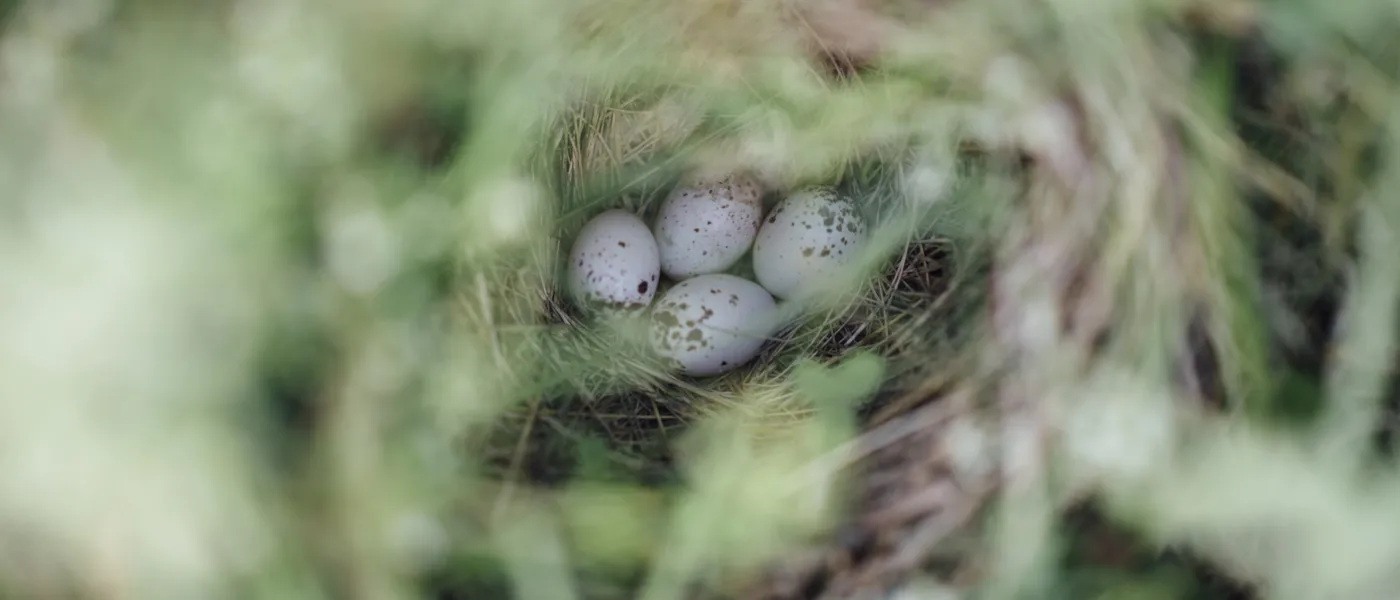
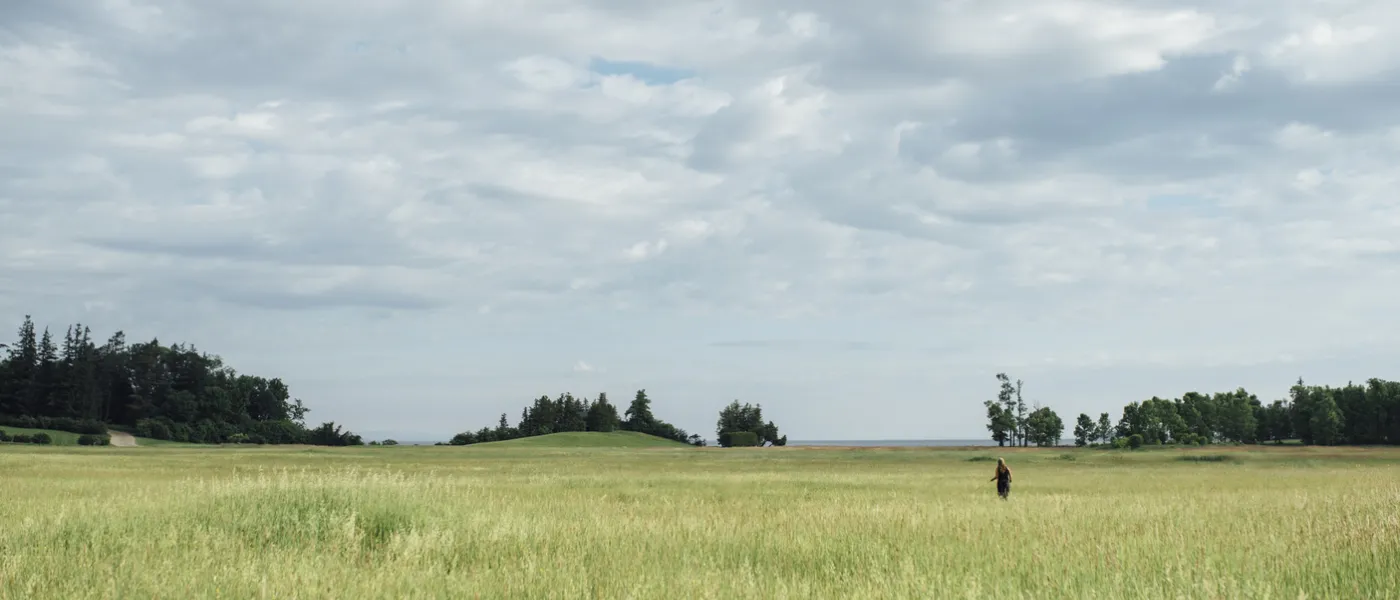
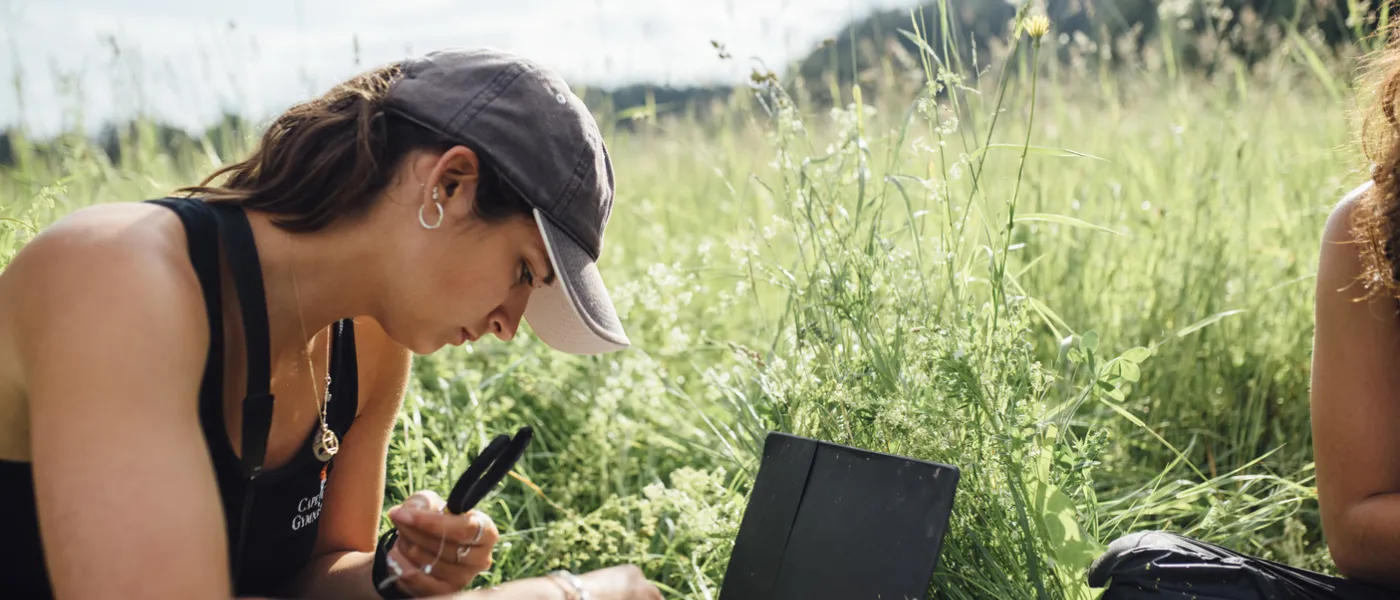

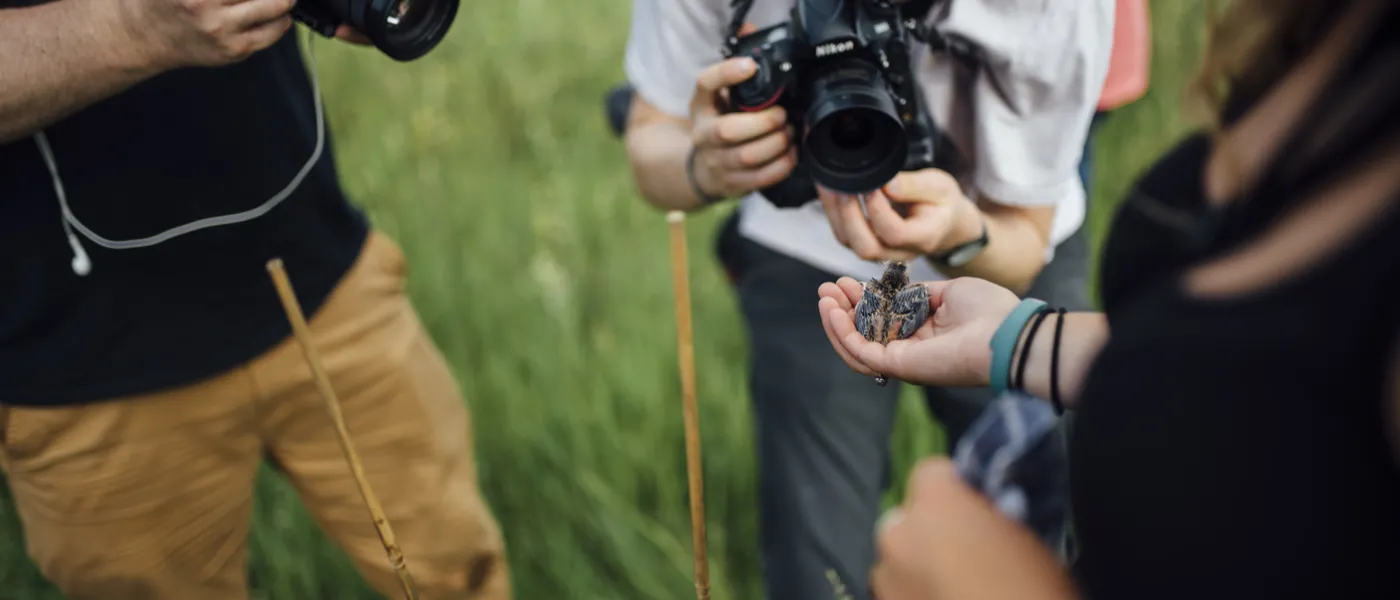
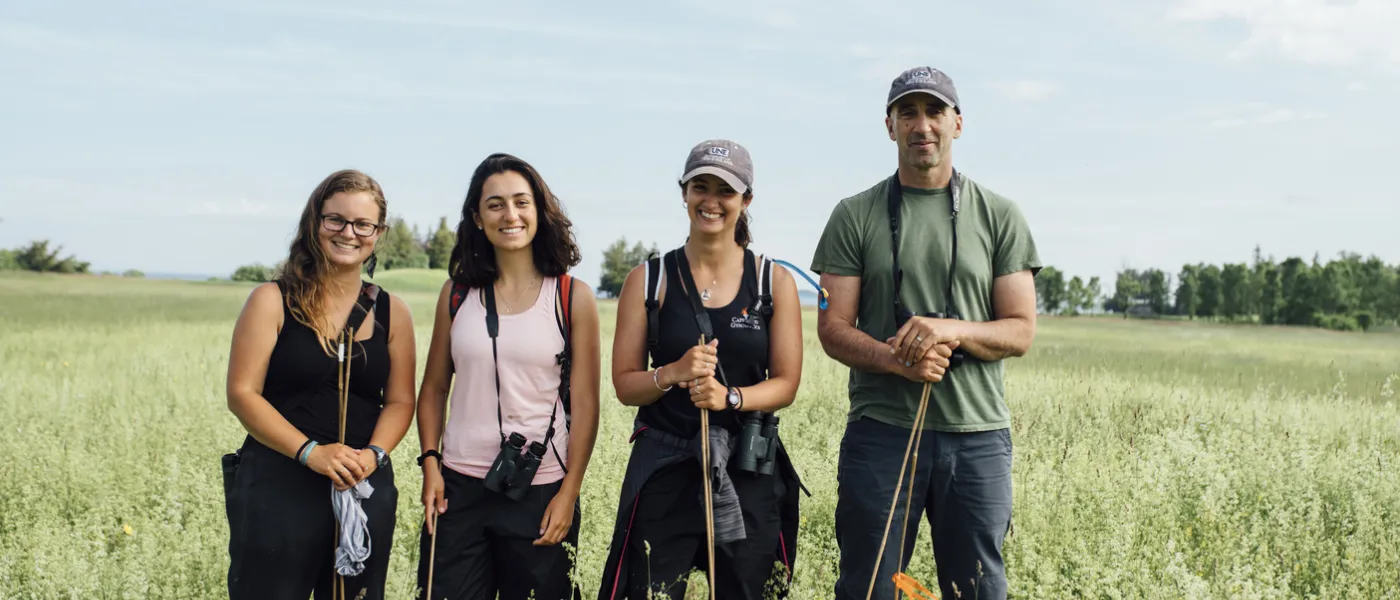
Based on these stories, many landowners have made changes to their operations to prevent harming the birds. “We've modified our cutting schedules to accommodate the birds,” states Sam Dixon, dairy manager at Shelburne Farms. “We mow very early in the season before the birds arrive, then wait 65 days before we do the second cutting.”
“It has been amazing to work with these landowners,” Perlut says. “They've really listened to the science. They’re willing to look at this research and realize that if they change their habits a little bit, the birds and the farms can both thrive.”
“The journey that they make to Shelburne every year is really amazing,” Dixon says. “So, I feel some responsibility to provide them with a place that they can come back to.”
